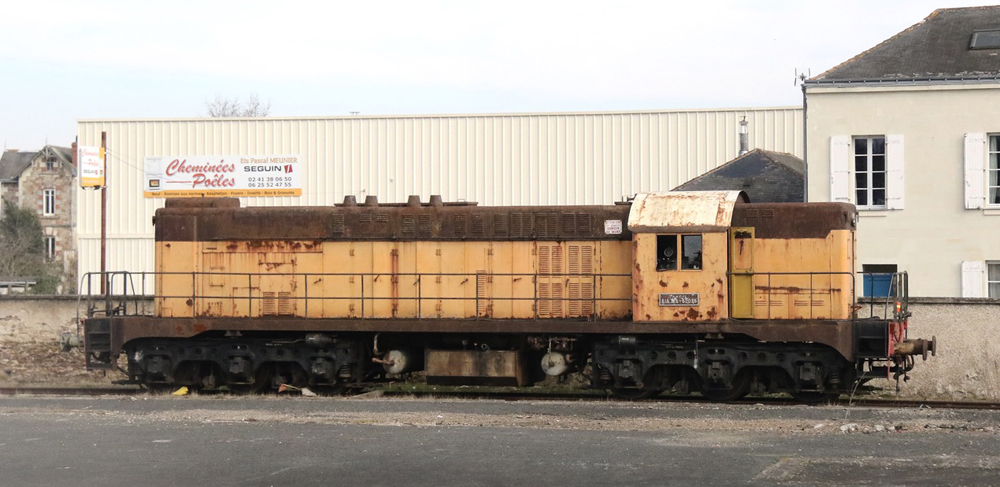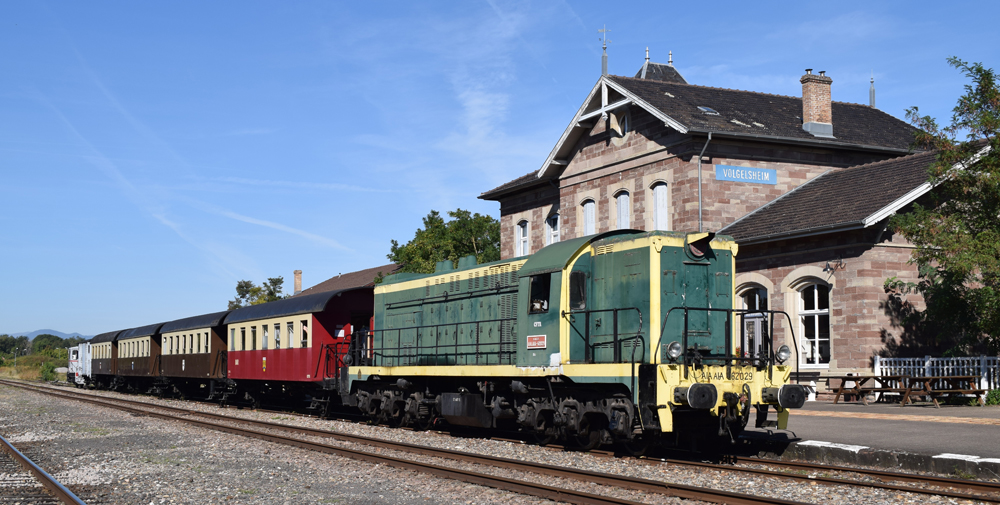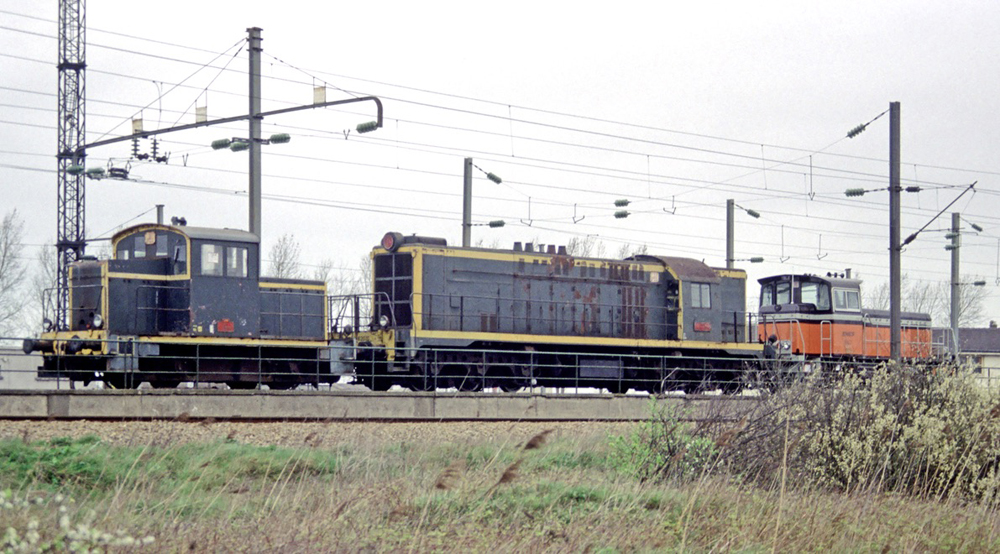
PARIS — Four nearly 80-year-old, Baldwin-built diesel locomotives have been scrapped in France after preservation efforts failed. Two of the units were scrapped in December, following the scrapping of two similar diesels earlier in 2023.
The locomotives were part of the effort to resupply French Railways (SNCF) following World War II, when it lost more than 80% of its locomotive fleet through war damage, neglect, or transfer of the equipment to other countries by the occupying German forces.
Initially seven of the Baldwins were saved for preservation, but in the intervening 30 years lack of resources — and crucially, perhaps, lack of opportunity to use them — left several locomotives stored in various locations around France exposed to the elements and slowly rusting away. Unlike neighboring Britain or Germany, where diesel preservation is well established — and funded by supporters and volunteers, given opportunities to operate the units on heritage lines or even the mainline — this is not the case in France. The locomotives scrapped in 2023 — class leader AIAAIA 62001, plus 62032, 62036 and 62062 — were owned by a variety of organizations and in several locations, and were considered beyond repair or taking up space in mainline sidings.
Three locomotives do survive in preservation, at least one of which is in operational condition, although rarely advertised for use; two (AIAAIA 62029 and 62073) are at the Chemin de fer touristique du Rhin heritage line beside the river Rhine, south of Strasbourg. The other, AIAAIA62094, is an exhibit at the rail and mining museum Centre de la Mine et du Chemin de Fer in Oignies in northern France.

Units were among 100 built for France following World War II
Some 30 Baldwin diesels were ordered for SNCF in August 1945, in addition to more than 1,400 new 2-8-2 steam locomotives built in the UK, Canada, and the United States.
Baldwin eventually built 100 of the six-axle DRS 6-4-660 model [DRS standing for Diesel Road Switcher] in Philadelphia in 1946-47, as French Railways needed new locomotives quickly. The original Baldwin design was a 1,000-hp locomotive, but SNCF assumed they would only be used as switchers (as they had new steam locomotives on order for mainline work), so the locomotives were rated at 660 hp with a top speed of 50 mph. The six-cylinder Baldwin 606NA engine was outfitted with Westinghouse electrical equipment. The three-axle tracks had two powered axles and one central non-powered axle to spread the locomotive’s 120.7 tons, allowing an axle weight of 19.3 tons.
The first unit, originally numbered 040 DA 1, was delivered in April 1946, and the remaining 29 of the first batch were built by the end of 1946. A further order for 70 locos had been place in January 1946, and these were delivered between January and August 1947
SNCF initially used the locomotives all over France, mainly for freight, but also working some passenger trains in the early years. From 1957 on, they were largely used in the north and east of France and were renumbered to A1AA1A 62001-62100 in 1962; under the French numbering system used into the 1980s a locomotive’s number started with its wheel arrangement (under the Whyte system used in France and Britain).
The locomotives were successful, and the French government bought 62 of a similar design — the DRS-6-4-1500 model — for use in the then-French colonies of Morocco, Tunisia, and Algeria. Baldwin sold 91 DRS-6-4-1500 in total between 1946-52, with 26 sold to U.S. railroads.
The SNCF AIAAIA62000 locos remained in service for up to 50 years with final duties being used to shunt yards in Northern France with the last retired in 1993. Apart from yard switching the last work for them in SNCF ownership was hauling construction trains for the LGV-Nord high speed line connecting the Channel Tunnel with Paris.















Note that the SNCF terminology A1A-A1A earned them the nickname YAYA, like the A1AA1A 68000 and A1AA1A 68500.
Dr. Güntürk Üstün
Too bad that SNCF did not save one of those brave road switcher diesel-electric locomotives for its remarkable Cité du Train in Mulhouse.
Dr. Güntürk Üstün
Sad to see those old locomotives have been scrapped. But at least a few examples are preserved in other parts of Europe.
Well, not really. France was the only customer for these Baldwins and the three survivors are all there is. But then, of all the Baldwins built for USA service, how many survive?
Three locomotives do survive in preservation, at least one of which is in operational condition, although rarely advertised for use; two (AIAAIA 62029 and 62073) are at the Chemin de fer touristique du Rhin heritage line beside the river Rhine, south of Strasbourg. The other, AIAAIA62094, is an exhibit at the rail and mining museum Centre de la Mine et du Chemin de Fer in Oignies in northern France.
The article above has this info.